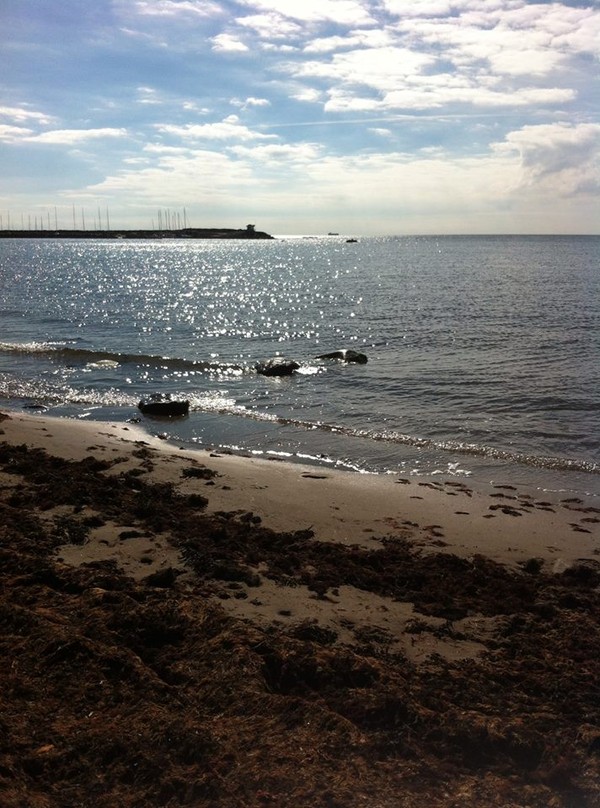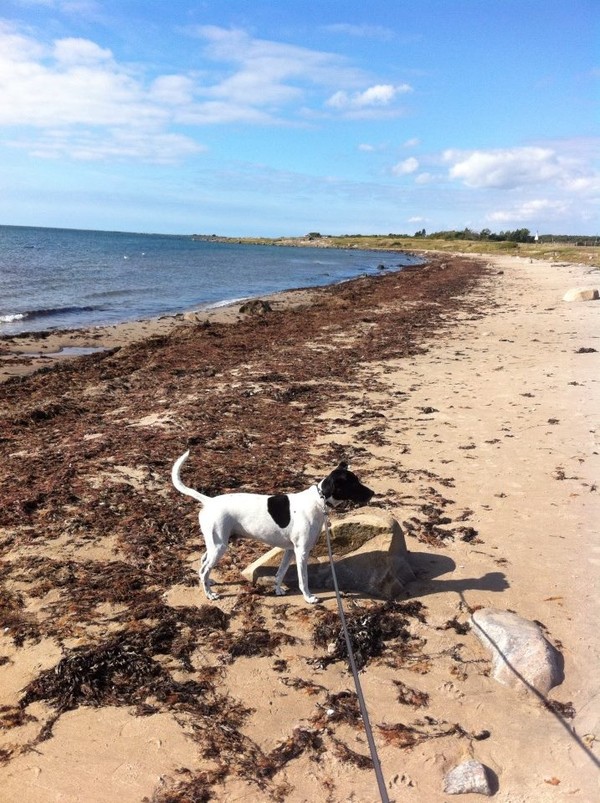You make me.
This course examines U.S. foreign policy. We begin by exploring two dominant approaches to international relations, Realism and Liberalism, and compare how each would explain the sources of U.S. foreign policy. We then use these approaches to examine pivotal events, actors, and developments in U.S. foreign and defense policy since World War II. The first section looks at two crucial questions about the Cold War: why it ended and its consequences for U.S. state-building (and U.S. foreign policy). The second section will first examine two prominent issues in the immediate post Cold War period: NATO expansion and humanitarian intervention. We then explore the role of nuclear weapons in the 21st century: their effect on foreign policy and the causes and consequences of nuclear proliferation. Finally, we address some current issues in U.S. foreign policy, such as the rise of China and American increased reliance on privatized military force.
X Society and Politics
Description: This course examines contemporary American politics, focusing on elections and their consequences. The course considers the underlying social, economic, religious, political and legal factors that affect what the issues are, the competition between Democrats and Republicans, the outcomes of recent elections, and their short- and long-term consequences.
X Comparative Law and Courts
Are you interested in why law and courts matter for international and comparative politics and policy? This course, a basic introduction to comparative judicial politics, is targeted at undergraduate students who are interested in learning about the interaction between law, courts and politics in countries throughout the world. This class is a required pre-requisite course for the Law, Societies and Justice program and consists of both large lectures and smaller quiz sections. We begin by critically examining the (alleged) functions of courts: to provide for “order,” resolve disputes, and to enforce legal norms. We then turn to constitutional politics in democracies, asking how constitutional courts have changed national policies and empowered individuals with new rights. Next we study the development of constitutional courts in new democracies. In particular, students will explore an increasingly powerful supranational court, the European Court of Justice. Another supranational court, the European Court of Human Rights, will serve as a comparison. Finally, we will end by examining a newly evolving international court, the International Criminal Court.
Kanske blev lite mycket för er att läsa, de som är intresseade läser väl och ni andra läser bara rubrikerna haha ;) likväl! Idag klippte jag även av mitt slitna hår, vilket nog va lika bra. Snyggt blev det! Här kommer lite bilder på min tur med Sigge vid stranden. Haverdal kan nog vara den bästa platsen på hela denna jord.






